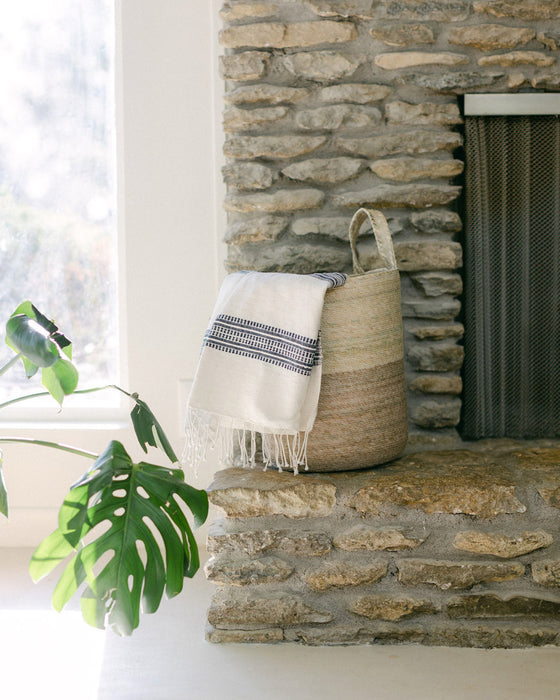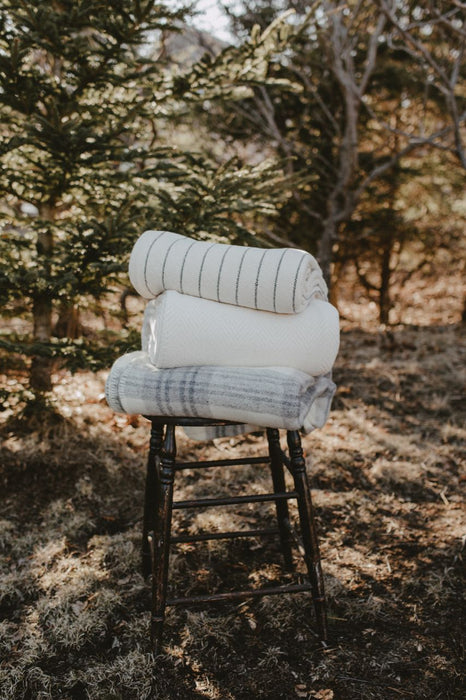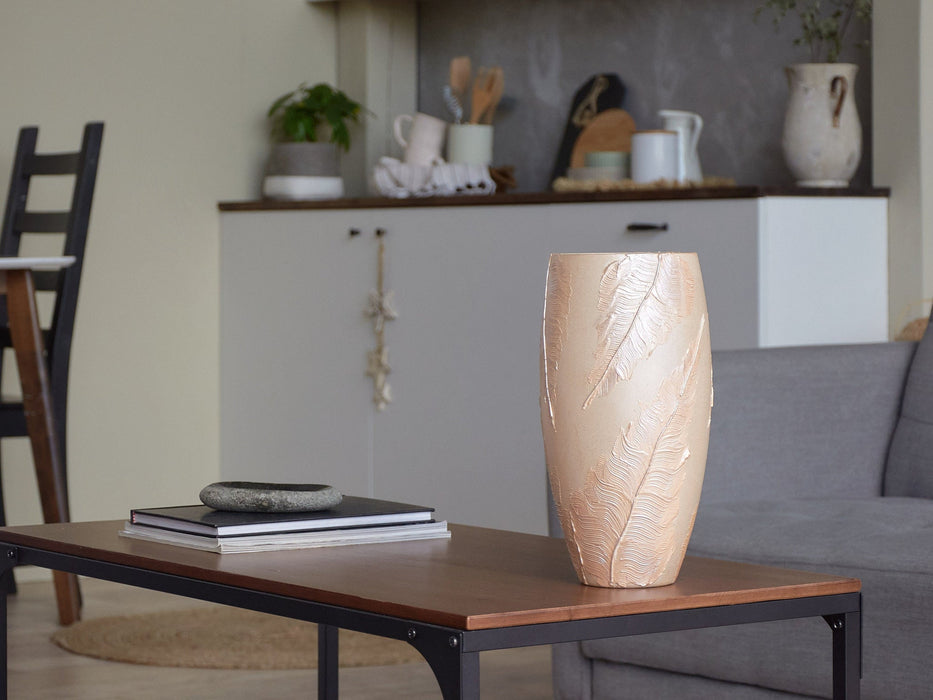
ECO-FRIENDLY HOME DECOR
Creating an eco-friendly home isn't just about reducing your carbon footprint; it's about fostering a healthier and more sustainable lifestyle. With a growing awareness of environmental issues, many homeowners are embracing eco-friendly practices in their home decor. From choosing sustainable materials to implementing energy-efficient designs, here are some tips for creating a greener living space:
1. Choose Sustainable Materials
Opt for furniture and decor made from sustainable materials such as reclaimed wood, bamboo, cork, and recycled metals. These materials are renewable, low-impact, and often have minimal environmental footprint compared to traditional options. Look for eco-certifications like FSC (Forest Stewardship Council) certification to ensure responsible sourcing.

2. Upcycle and Repurpose
Give new life to old furniture and decor items by upcycling and repurposing them into something new. Get creative with DIY projects such as turning old pallets into coffee tables, transforming mason jars into pendant lights, or repurposing vintage crates as shelving units. Not only does upcycling reduce waste, but it also adds unique character to your home decor.
3. Energy-Efficient Lighting
Replace traditional incandescent bulbs with energy-efficient LED or CFL bulbs to reduce energy consumption and lower your electricity bills. Consider installing smart lighting systems that allow you to control and automate lighting levels based on occupancy and natural light levels, further optimizing energy usage.
4. Indoor Plants
Incorporate indoor plants into your decor to improve air quality, reduce toxins, and bring a touch of nature indoors. Choose low-maintenance plants such as snake plants, pothos, and spider plants that thrive in indoor environments and require minimal care. Not only do indoor plants enhance the aesthetics of your home, but they also promote a sense of well-being and connection to nature.
5. Natural Fabrics
Furnish your home with upholstery and textiles made from natural, organic fabrics such as organic cotton, linen, hemp, and bamboo. These fabrics are biodegradable, sustainably sourced, and free from harmful chemicals and synthetic dyes commonly found in conventional textiles. Look for certifications like GOTS (Global Organic Textile Standard) to ensure the organic integrity of the fabrics.

6. Water-Saving Fixtures
Install water-saving fixtures such as low-flow toilets, faucets, and showerheads to conserve water and reduce water usage in your home. Consider harvesting rainwater for outdoor irrigation or installing a greywater recycling system to reuse water from sinks, showers, and laundry for non-potable purposes like landscaping.
7. Minimalist Design
Embrace a minimalist design aesthetic characterized by simplicity, functionality, and clutter-free spaces. Opt for clean lines, neutral color palettes, and multi-functional furniture pieces that maximize space and minimize visual clutter. Decluttering your home not only creates a sense of calm and serenity but also reduces waste and encourages mindful consumption.
8. Recycled and Upcycled Decor
Decorate your home with decor items made from recycled materials or upcycled from discarded objects. Look for home decor accessories crafted from recycled glass, metal, paper, or plastic, such as recycled glass vases, upcycled metal sculptures, or reclaimed wood wall art. These eco-friendly decor options add character and charm to your home while promoting sustainability.

9. Solar Panels and Renewable Energy
Consider investing in solar panels or other renewable energy systems to power your home with clean, renewable energy sources. Solar panels harness the sun's energy to generate electricity, reducing reliance on fossil fuels and lowering carbon emissions. Explore incentives, rebates, and financing options available for renewable energy installations to make the transition more affordable.
10. Composting and Waste Reduction
Implement composting systems to recycle organic waste into nutrient-rich compost for your garden or houseplants. Reduce waste by avoiding single-use plastics, opting for reusable alternatives, and practicing mindful consumption. Choose products with minimal packaging and support brands committed to sustainability and ethical manufacturing practices.

Leave a comment